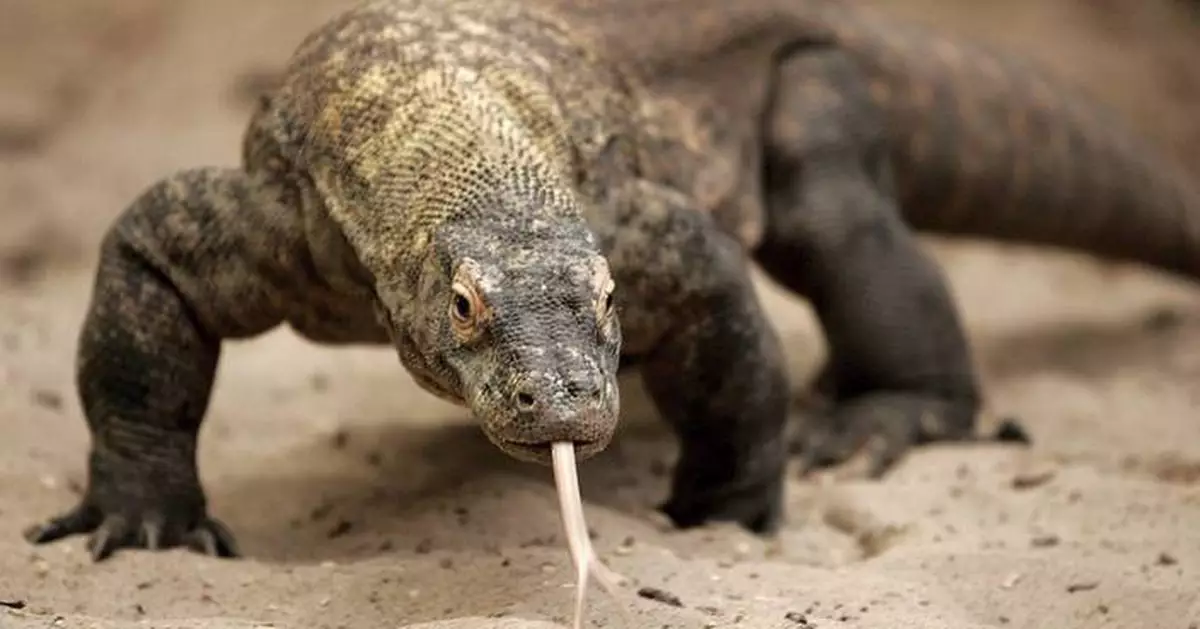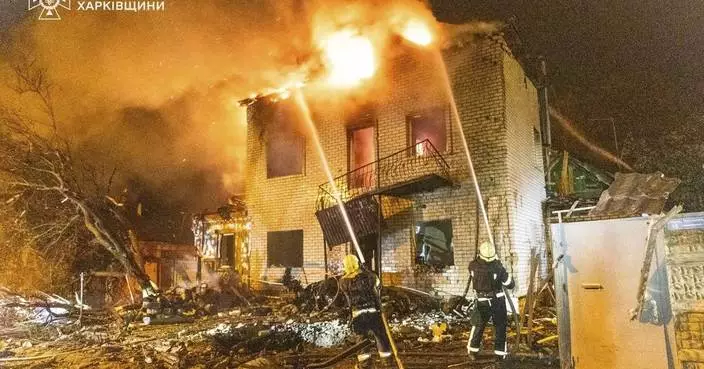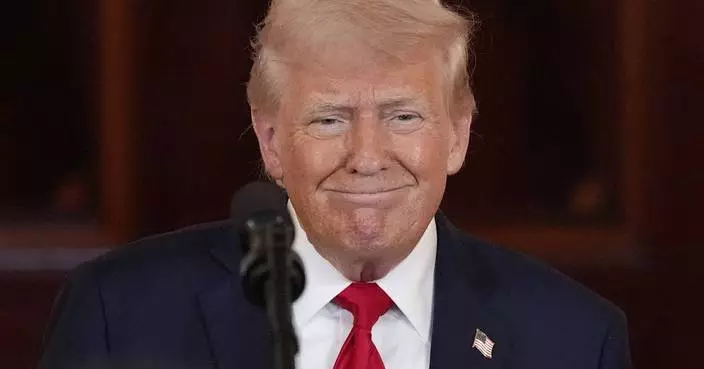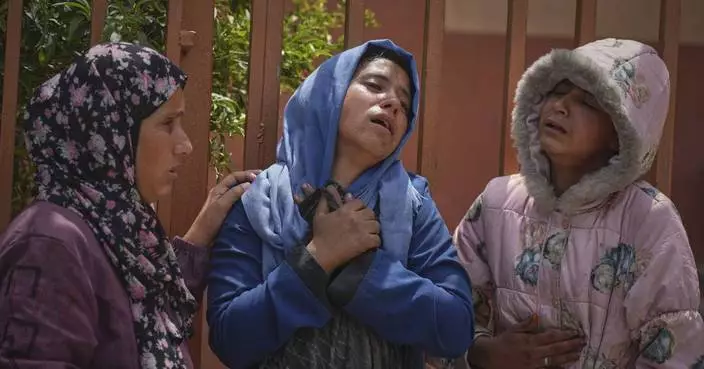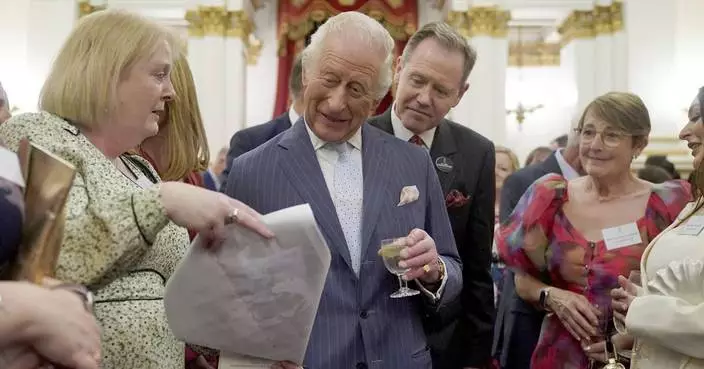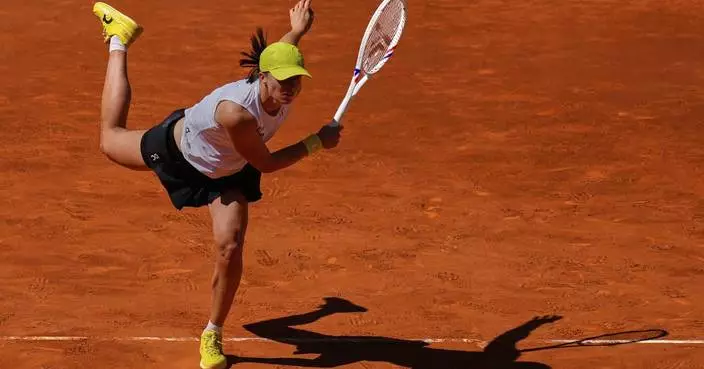A boa constrictor in the U.K. gave birth to 14 babies — without a mate.
Is it a miracle? The result of a secret rendezvous? Probably not. Females of species have the ability to reproduce asexually, without sperm from a male. The process is called parthenogenesis, from the Greek words for “virgin” and “birth.”
Some plants and insects can do it, as well as some amphibians, reptiles, birds and fish. A stingray named Charlotte that was thought to have become pregnant by this method died this week at an aquarium in North Carolina, though she never delivered and it is unclear if she was ever pregnant.
Some wasps, crustaceans and lizards reproduce only through parthenogenesis. But in other species it’s rare and usually observed in captivity.
It tends to occur in situations where females are separated from males, said Demian Chapman, who directs the Sharks & Rays Conservation Research Program at the Mote Marine Laboratory & Aquarium in Sarasota, Florida.
The boa in the U.K., a 6-foot, 13-year-old Brazilian Rainbow Boa named Ronaldo, gave birth last week after having no contact with any other snakes for at least nine years, according to the City of Portsmouth College, which kept the snake.
One way parthenogenesis can occur is when a female’s egg fuses with another cell, often a cell leftover from a process that allows the female to create the egg. That cell, known as a polar body, gives the egg the genetic information it would normally get from sperm. The cell starts dividing and that leads to the creation of an embryo.
It’s unclear how prevalent parthenogenesis is in the wild, Chapman said. But it has happened outside captivity among smalltooth sawfish, an endangered species in Florida’s coastal waters.
“We think the females reproduce like that on some occasions because they haven’t found a male because there are so few of them,” Chapman said.
Offspring from parthenogenesis have less genetic variation, Chapman said, which can lead to developmental problems.
“A litter produced by sexual reproduction is usually much larger than one produced via parthenogenesis if it’s an animal that gives birth to litters,” Chapman said. “And you will often see individuals in that litter produced by parthenogenesis that don’t develop correctly in some way.”
The Associated Press Health and Science Department receives support from the Howard Hughes Medical Institute’s Science and Educational Media Group. The AP is solely responsible for all content.
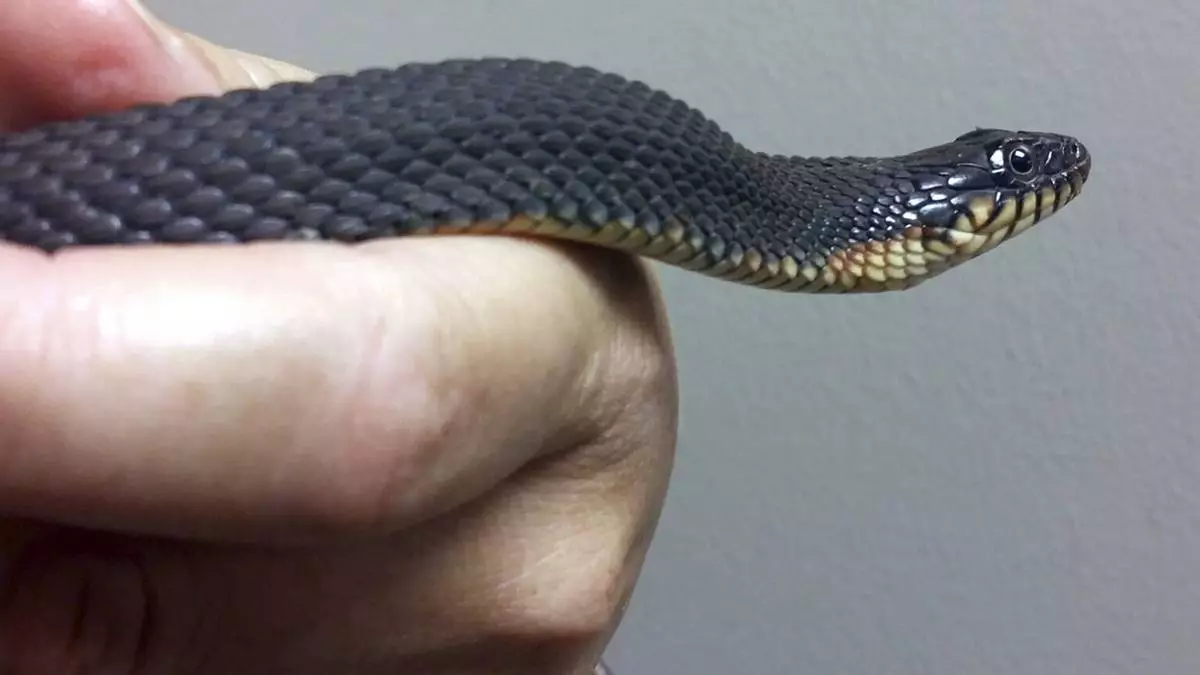
FILE - This 2015 photo provided by the Missouri Department of Conservation shows a female yellow-bellied water snake at the Cape Girardeau, Mo., Conservation Nature Center that for the second time in two years has given birth without any help from a male member of the species, conservationists say. (Candice Davis/Missouri Department of Conservation via AP, File)
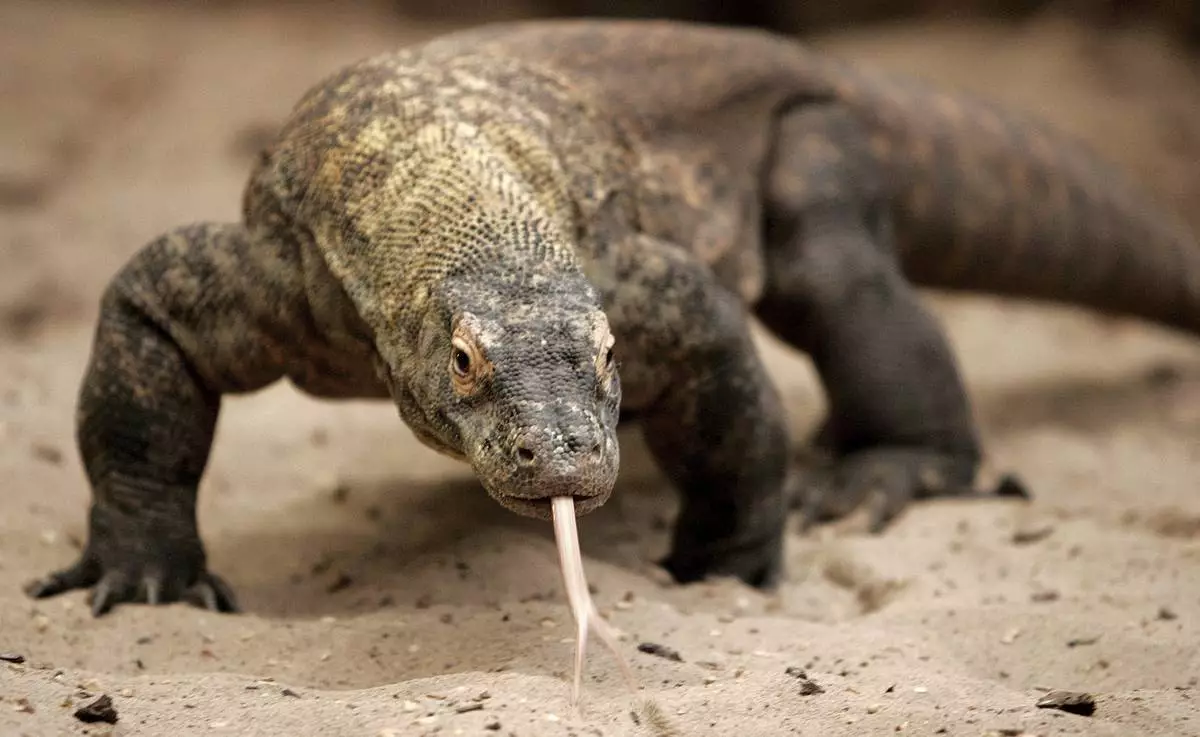
FILE - Flora the Komodo dragon walks around her enclosure at Chester Zoo in Chester, England, Monday Dec. 18, 2006. Flora's virginal conception, and that of another Komodo dragon earlier in the year at the London Zoo, are the first time it had been documented in Komodo dragons. (AP Photo/Dave Thompson, File)
NEW DELHI (AP) — U.S. Secretary of State Marco Rubio called senior officials in India and Pakistan in an effort to defuse the crisis that followed last week's deadly attack in Kashmir, the State Department said.
Rubio urged Pakistan’s Prime Minister Shehbaz Sharif and Indian Foreign Minister Subrahmanyam Jaishankar to de-escalate tensions on Wednesday.
India has vowed to punish Pakistan after accusing it of backing the attack, which Islamabad denies.
The nuclear-armed rivals have since expelled each other's diplomats and citizens, ordered the border shut and closed their airspace to each other. New Delhi has suspended a crucial water-sharing treaty with Islamabad.
Soldiers on each side have also exchanged fire along their de facto border, driving tensions between India and Pakistan to their highest point in recent years.
The region of Kashmir is split between India and Pakistan and claimed by both in its entirety. The two countries have fought two wars and one limited conflict over the Himalayan territory.
U.S. State Department’s Spokesperson Tammy Bruce said Rubio in his call with Jaishankar expressed sorrow over last week’s massacre. He also reaffirmed the U.S.’s "commitment to cooperation with India against terrorism,” Bruce said.
Jaishankar on Thursday said he discussed the last week’s massacre in Indian-controlled Kashmir’s Pahalgam, in which 26 tourists, mostly Hindu men, were killed, with Rubio, adding that “perpetrators, backers and planners” of the attack “must be brought to justice.”
Rubio also spoke to Sharif on Wednesday evening and “emphasized the need for both sides to continue working together for peace and stability in South Asia,” according to a Pakistani statement. It said Sharif rejected the Indian allegations and “urged the U.S. to impress upon India to dial down the rhetoric and act responsibly.”
That was followed by a call Thursday from U.S. Defense Secretary Pete Hegseth to his Indian counterpart Rajnath Singh to express sympathy for the loss of lives and support for India’s right to defend itself, Singh’s office said on social media platform X.
Public anger has swelled in India and Prime Minister Narendra Modi has vowed to pursue the attackers “to the ends of the earth.” A Pakistani minister has said that Pakistan has “credible intelligence” that India is planning to attack it within days.
On Thursday, Pakistan’s army chief, Gen. Asim Munir, reviewed a military training exercise by the armed forces in the eastern Punjab province, the military said.
It said in a statement that the “exercise was meticulously designed to validate combat readiness, battlefield synergy, and the operational integration of cutting-edge weapon systems under near-battlefield conditions."
“Let there be no ambiguity: any military misadventure by India will be met with a swift, resolute, and notch-up response," the statement quoted Munir as saying. "While Pakistan remains committed to regional peace, our preparedness and resolve to safeguard national interests is absolute.”
Indian and Pakistani troops have exchanged fire over the past six nights, with each side blaming the other for firing first.
The Indian army in a statement on Thursday said it responded to “unprovoked” small arms fire from Pakistan in the Kupwara, Uri and Akhnoor sectors of Indian-controlled Kashmir. The previous day, Pakistan’s state-run media said Indian forces had violated the ceasefire agreement along the Line of Control by initiating fire with heavy weapons on troops in the Mandal sector of Pakistan-controlled Kashmir. The incidents could not be independently verified.
In the past, each side has accused the other of starting border skirmishes in the Himalayan region.
Ahmed reported from New Delhi, India.
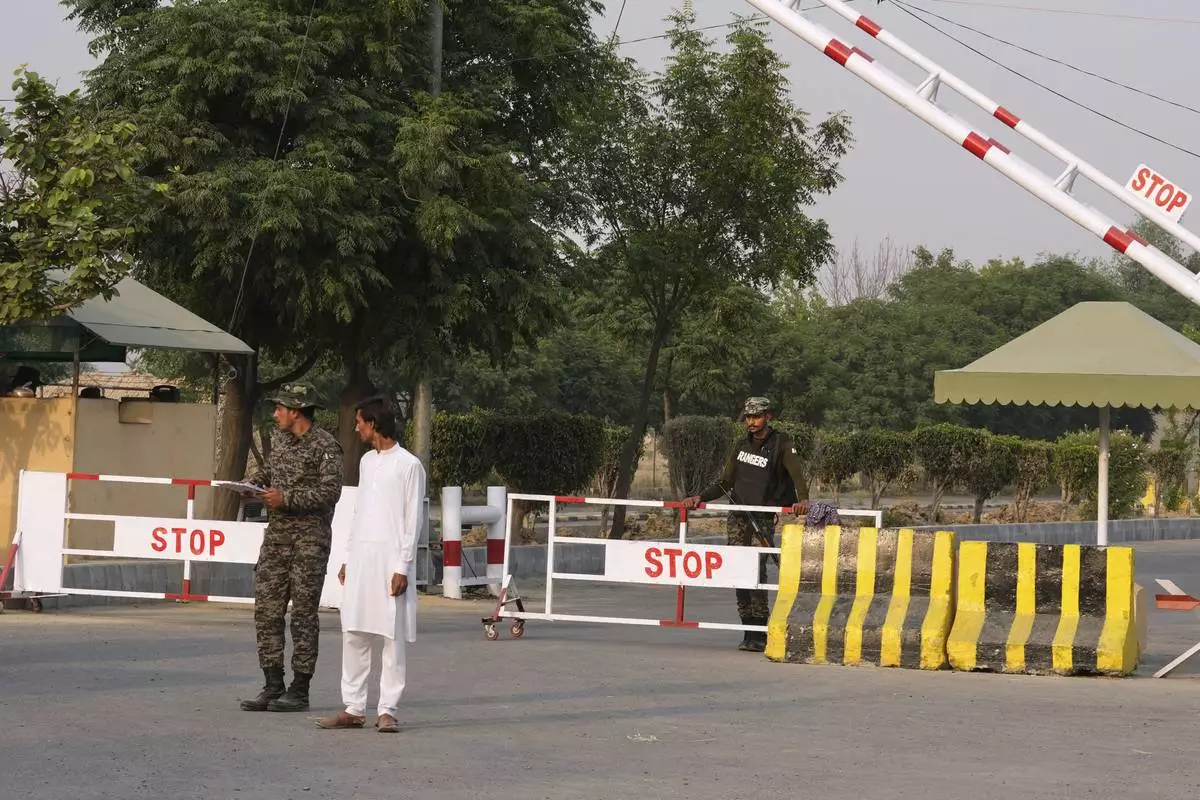
Pakistani paramilitary soldiers stand guard at a checkpoint in Wagah, a joint border crossing point on the Pakistan and India border, near Lahore, Pakistan, Wednesday, April 30, 2025.(AP Photo/K.M. Chaudary)
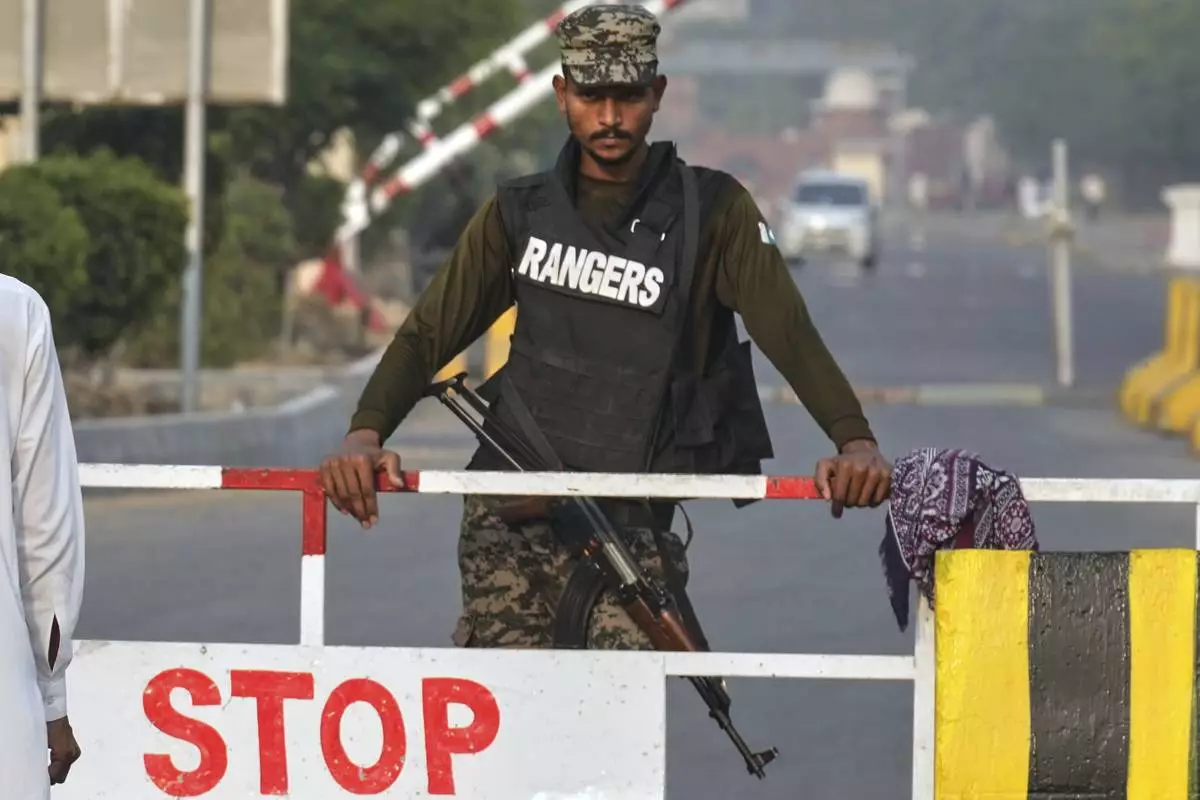
A Pakistani paramilitary soldier stands guard at a checkpoint in Wagah, a joint border crossing point on the Pakistan and India border, near Lahore, Pakistan, Wednesday, April 30, 2025.(AP Photo/K.M. Chaudary)




